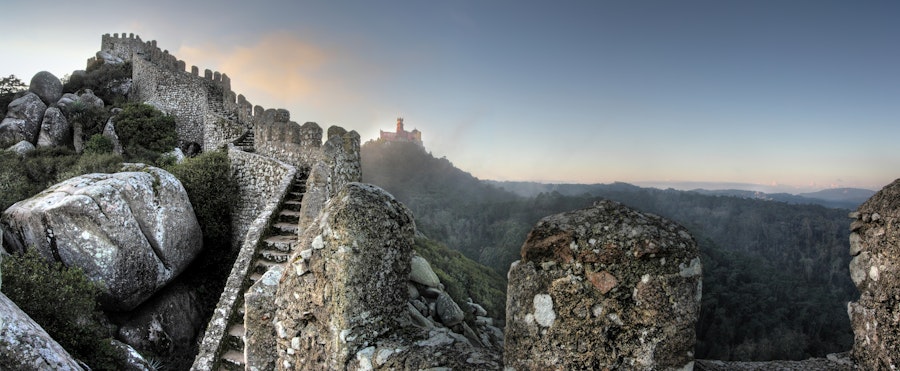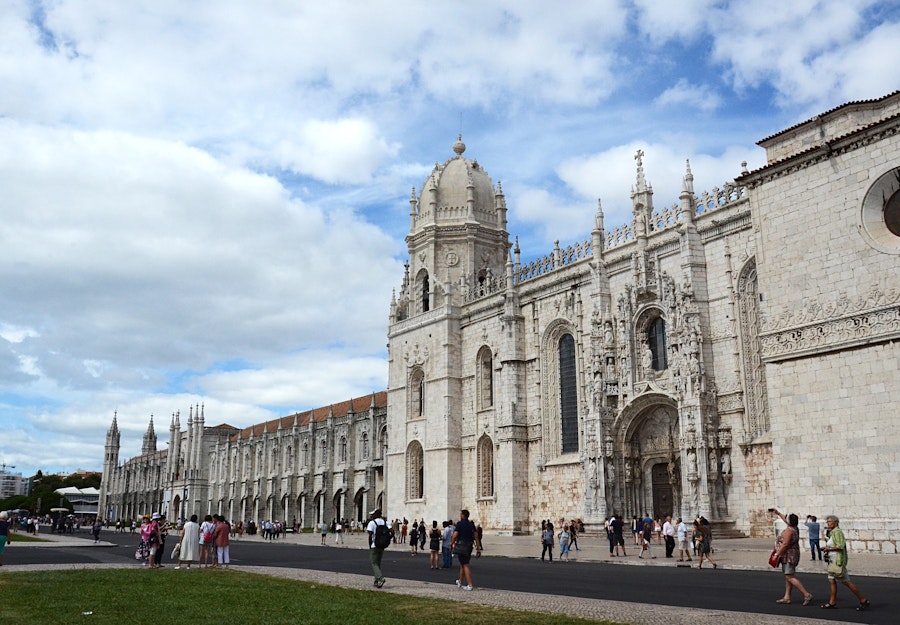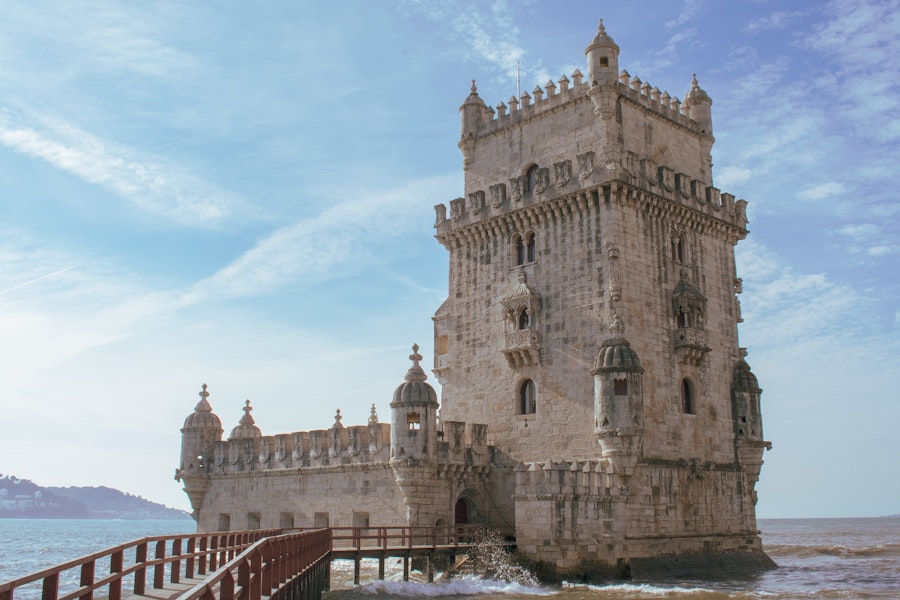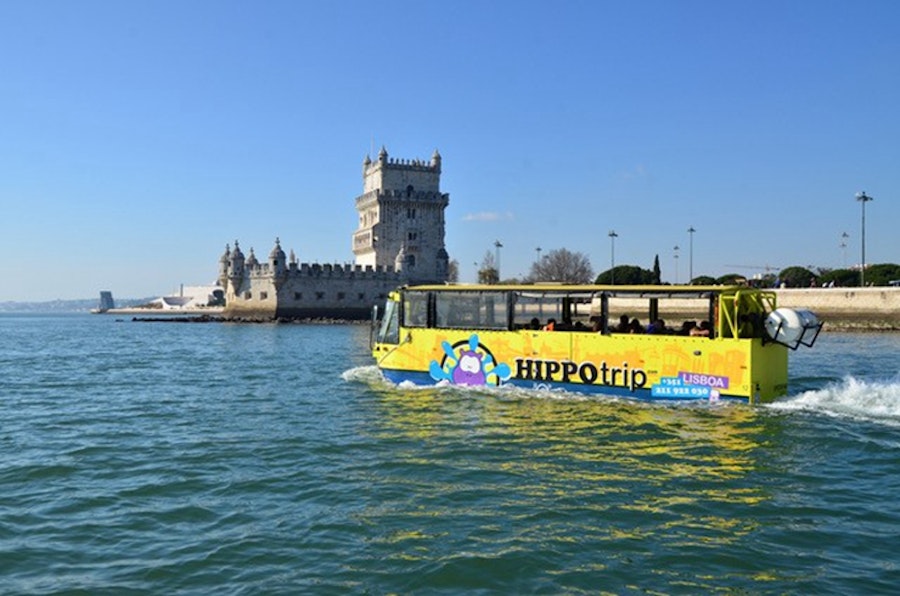Sintra Castelo dos Mouros Tickets
About this activity
Skip the Line — No waiting in line at the entrance
Smartphone tickets accepted
- Your booking is confirmed immediately
Experience Highlights
Tickets for the Castelo dos Mouros offer the opportunity to visit a fortress with a long history without queues or waiting. Built in the Middle Ages, this castle played a crucial role in the history of Portugal. Today, it is appreciated for its romantic atmosphere and its well-preserved walls overlooking Sintra and the Atlantic coast.
- Learn about an important part of Portugal's history with fast-track tickets to Castelo dos Mouros.
- Find finds dating back to the Bronze and Iron Ages.
- Admire marvellous panoramic views over Sintra and the ocean
What’s included
- Castelo dos Mouros tickets
- Queue-free access
- Entrance to the Pena Palace
- Entrance to Sintra National Palace
Select date
Step by Step
The Castelo dos Mouros is a historic fortress located in the hills of Sintra. By purchasing a ticket, you can gain skip-the-line access to this ancient structure that offers an exceptional panoramic view of the town of Sintra and the surrounding coastline. It is possible to see not only the walled enclosure, but also finds dating back to the Bronze and Iron Ages, accompanied by explanatory signs.
The castle was built in the 9th century, during the period of Moorish occupation of the Iberian Peninsula. It was originally a military fortress with defensive functions. Its strategic location in the hills provided a panoramic view of the surrounding region, offering a tactical advantage for controlling the surrounding territory.
In 1147, during the Christian Reconquest, the fortress was conquered by the Portuguese Christians led by Alfonso I of Portugal. In the following centuries, the Castelo dos Mouros lost its strategic importance and fell into disrepair.
In the 19th century, with the growing interest in Romanticism and archaeology, the Castle dos Mouros underwent restoration and conservation works, which largely restored it to its former form. During this period, Romanesque architectural elements were added to enhance its striking appearance.













